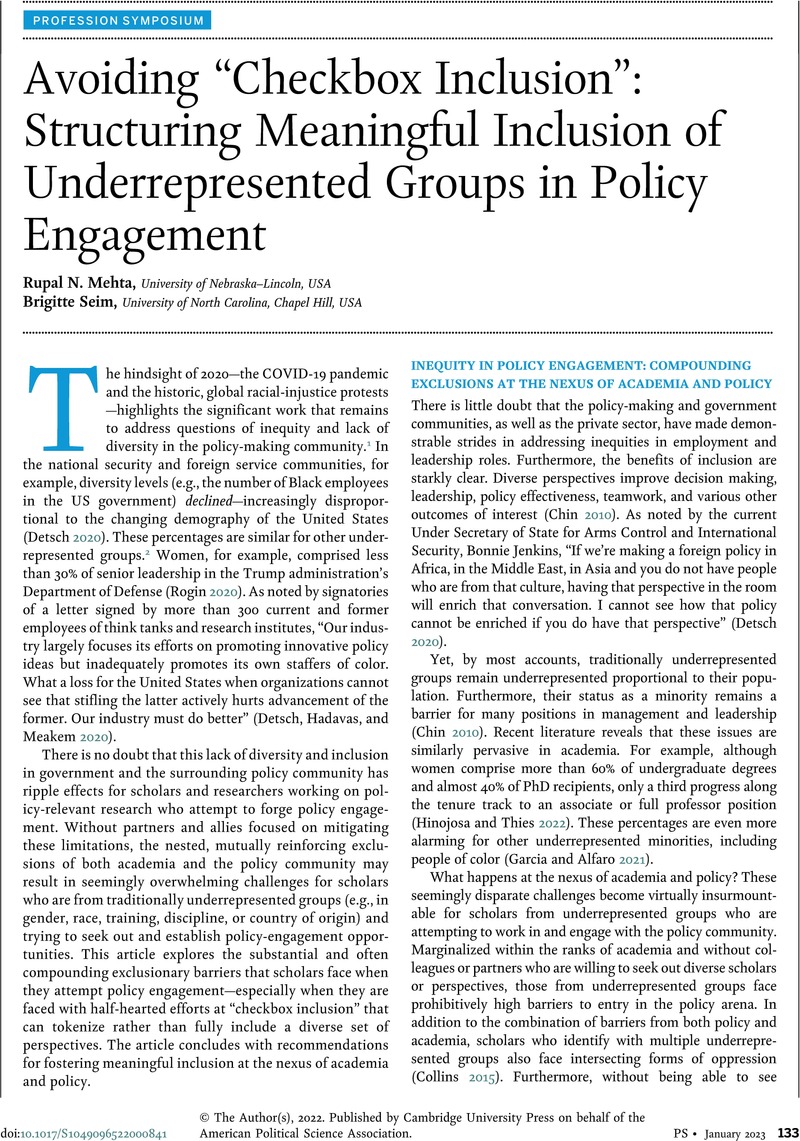Crossref Citations
This article has been cited by the following publications. This list is generated based on data provided by Crossref.
Wand, Hannah
Martschenko, Daphne O.
Smitherman, Annamaria
Michelson, Sheryl
Pun, Ting
Witte, John S.
Scott, Stuart A.
Cho, Mildred K.
Ashley, Euan A.
Goldberg, Elyse
Knepper, Linda
Michelson, Sheryl
Osborne, Jackie
and
Sanders, Val
2023.
Re-envisioning community genetics: community empowerment in preventive genomics.
Journal of Community Genetics,
Vol. 14,
Issue. 5,
p.
459.
Jimenez‐Gomez, Corina
2024.
Research and mentorship in behavior analysis from a lens of cultural responsiveness and antiracism.
Journal of the Experimental Analysis of Behavior,
Vol. 121,
Issue. 3,
p.
373.





